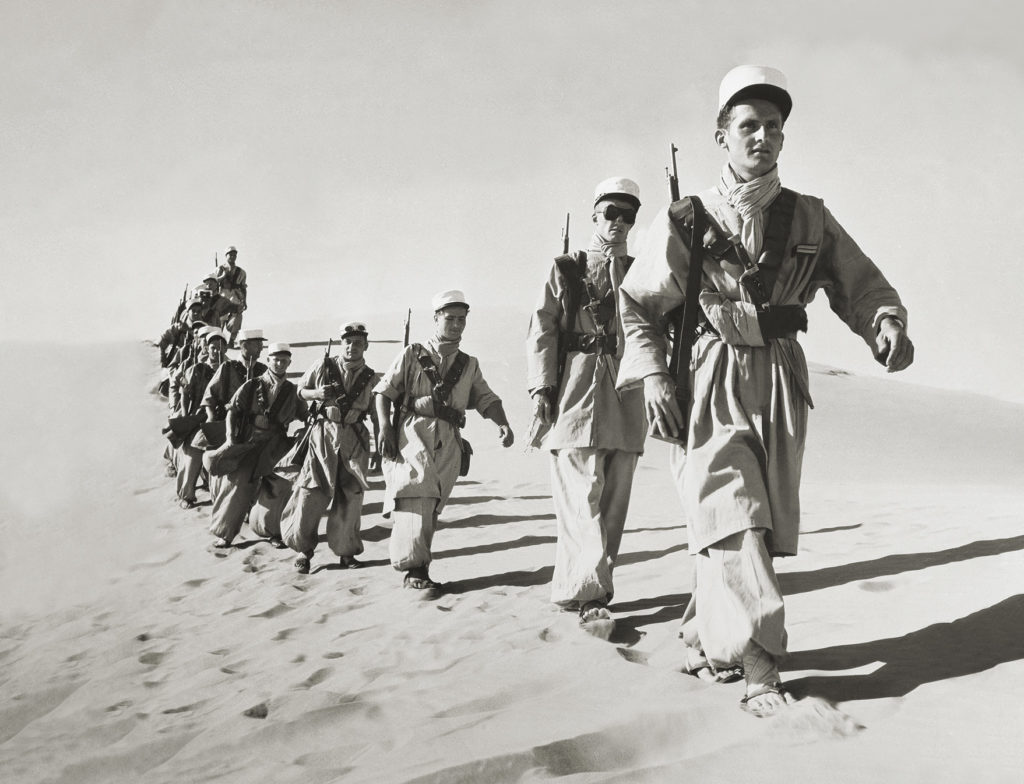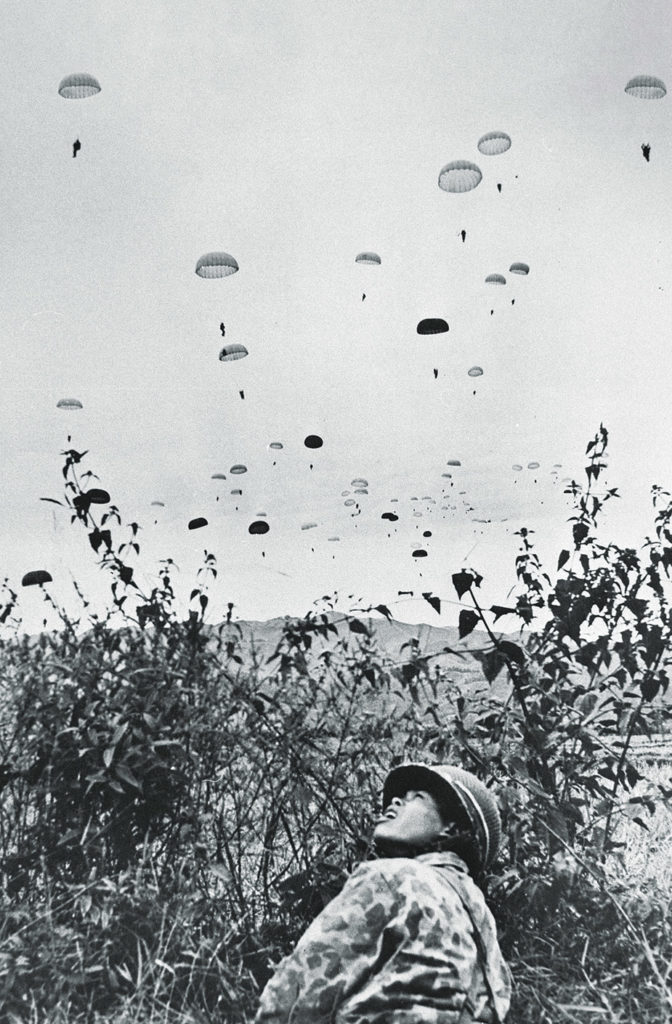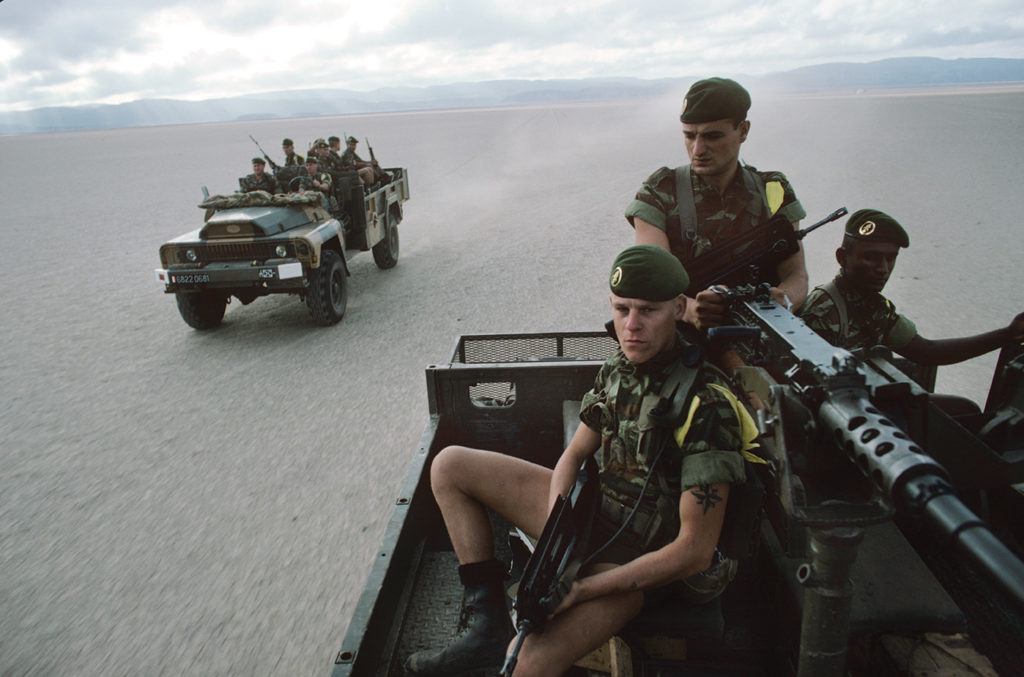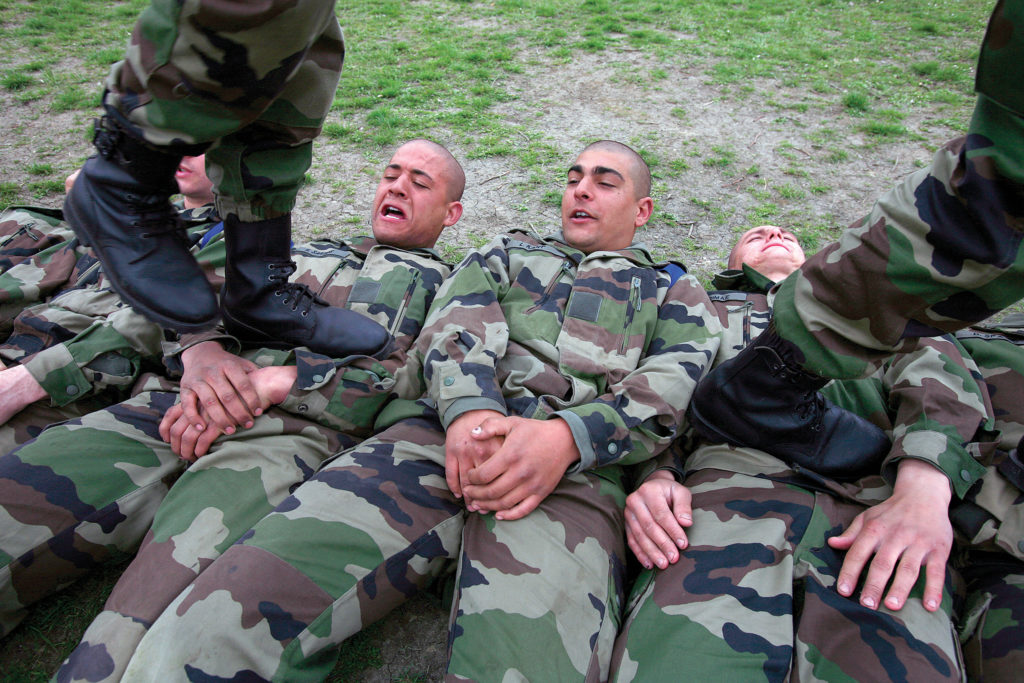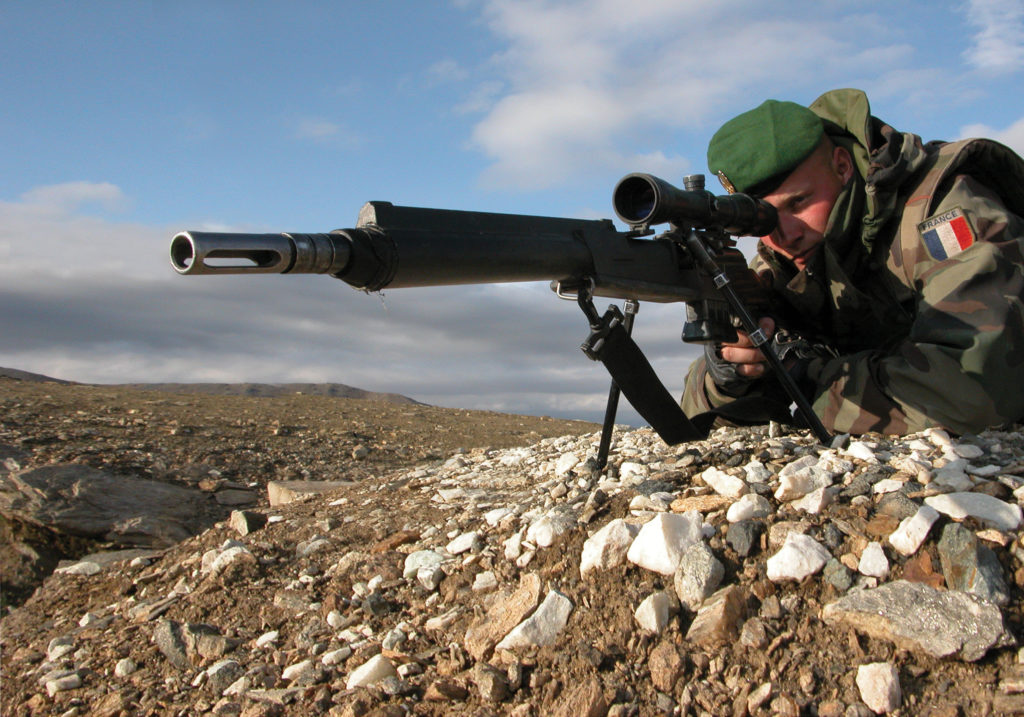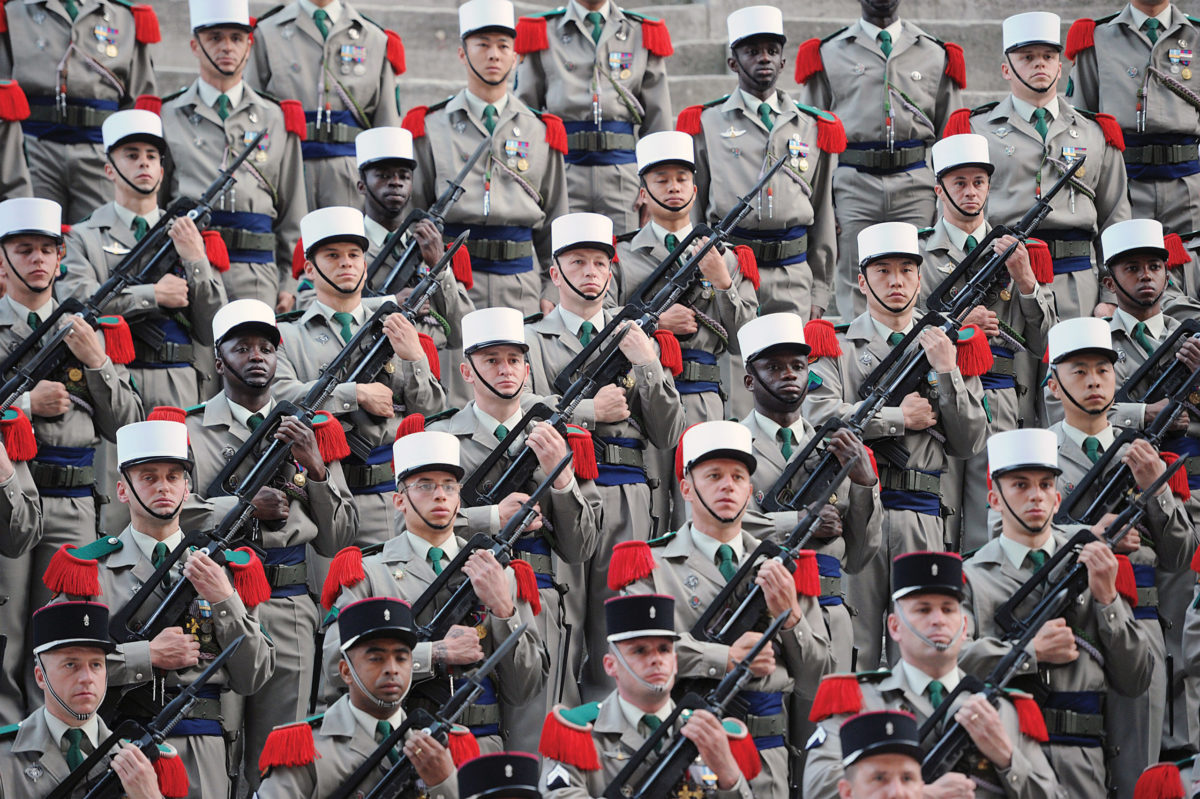A year after France invaded Algeria in 1830, it created a special army formation to seize and hold its growing empire in Africa. Aside from French officers, its ranks were open to volunteers of any nationality, who could serve France without losing their original citizenship. From the outset these mercenaries proved outstanding soldiers, achieving truly legendary status with their stalwart stand against impossible odds at Camarón, Mexico, on April 30, 1863. The legion soon added other hard-earned battle streamers with iconic names to its regimental standards, such as Tuyên Quang, Indochina (1884–85) and Bir Hakeim, Libya (1942). During World War I the legion fielded thousands of ground troops, and hundreds of its foreign volunteers were permitted to transfer into aviation, including the mostly American escadrille N.124 “Lafayette.”
Foreign Legion loyalties could get politically heated. In World War II legionnaires—some loyal to the Vichy government, others to the Free French exiles under Gen. Charles de Gaulle—sometimes fought each other. When de Gaulle’s postwar government decided to withdraw from Algeria, many legionnaires joined those who rose in opposition. In the wake of the resulting 1961 “Algiers putsch” and various acts of sabotage and assassination, however, de Gaulle remembered the legion’s World War II service and did not completely disband it, instead downsizing it from 40,000 to 8,000 men.
Since then the Foreign Legion has continued to uphold its status as an elite force of troubleshooters, sent wherever French interests require. Although it has had to abandon its original Algerian headquarters for metropolitan France, most of its 21st century exploits still center on Africa, such as Operation Serval in northern Mali in 2013–14.
Building a Legend
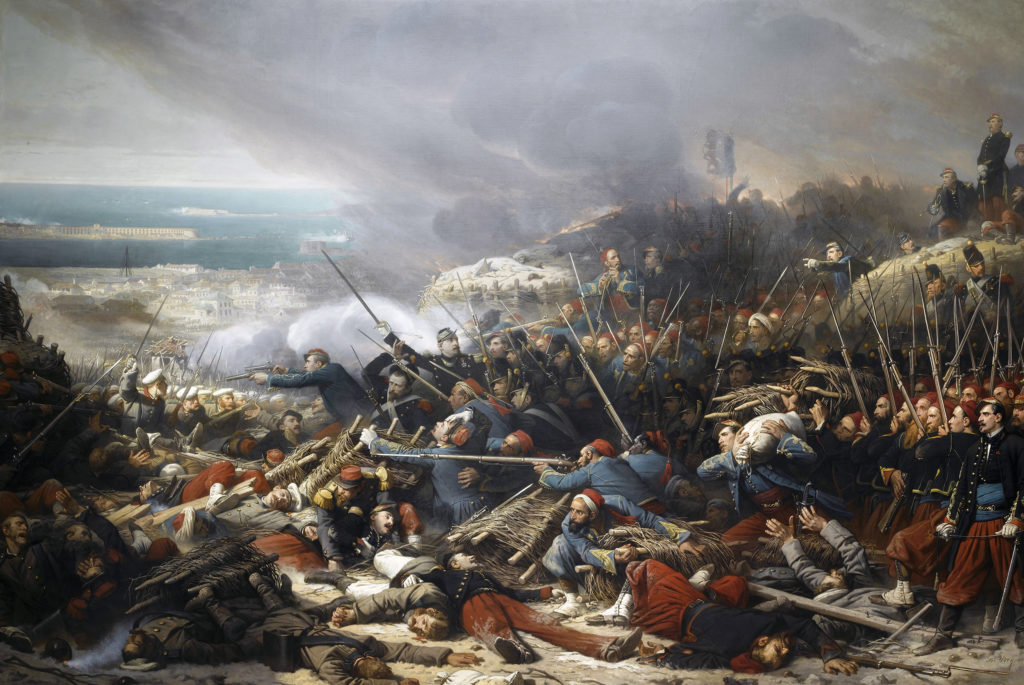
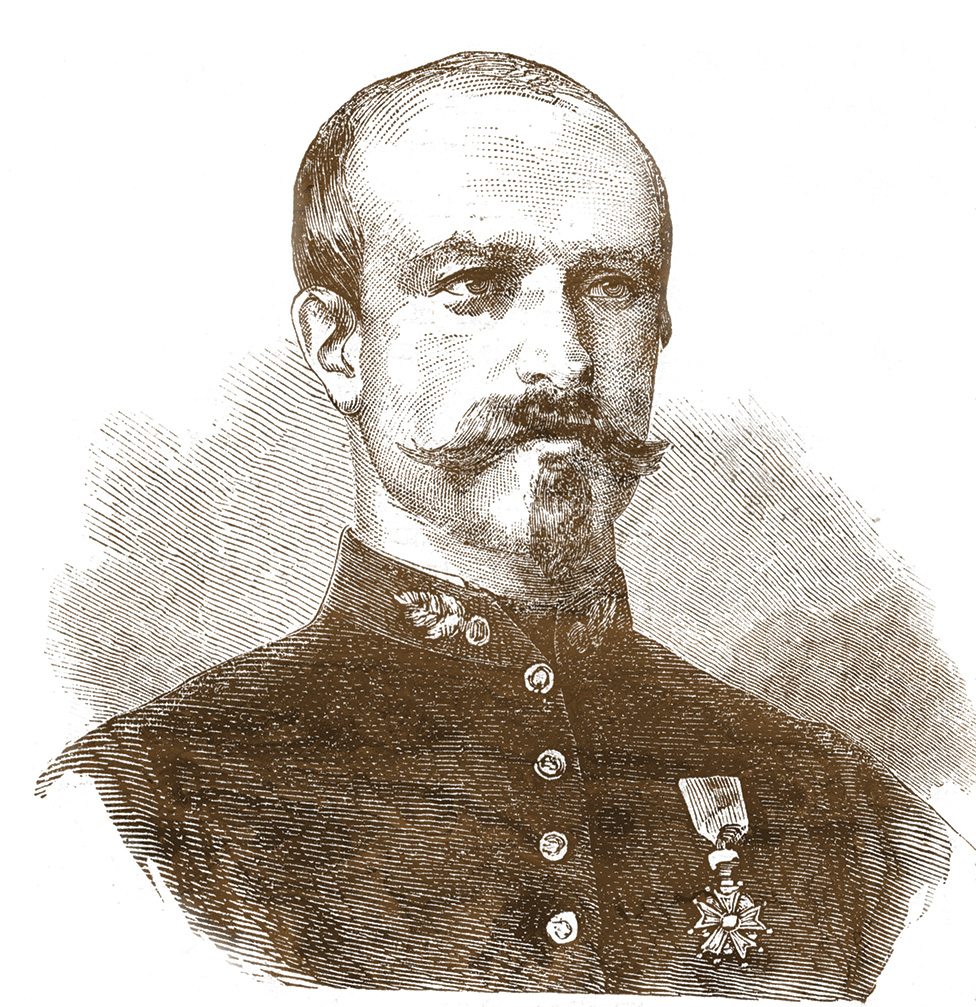
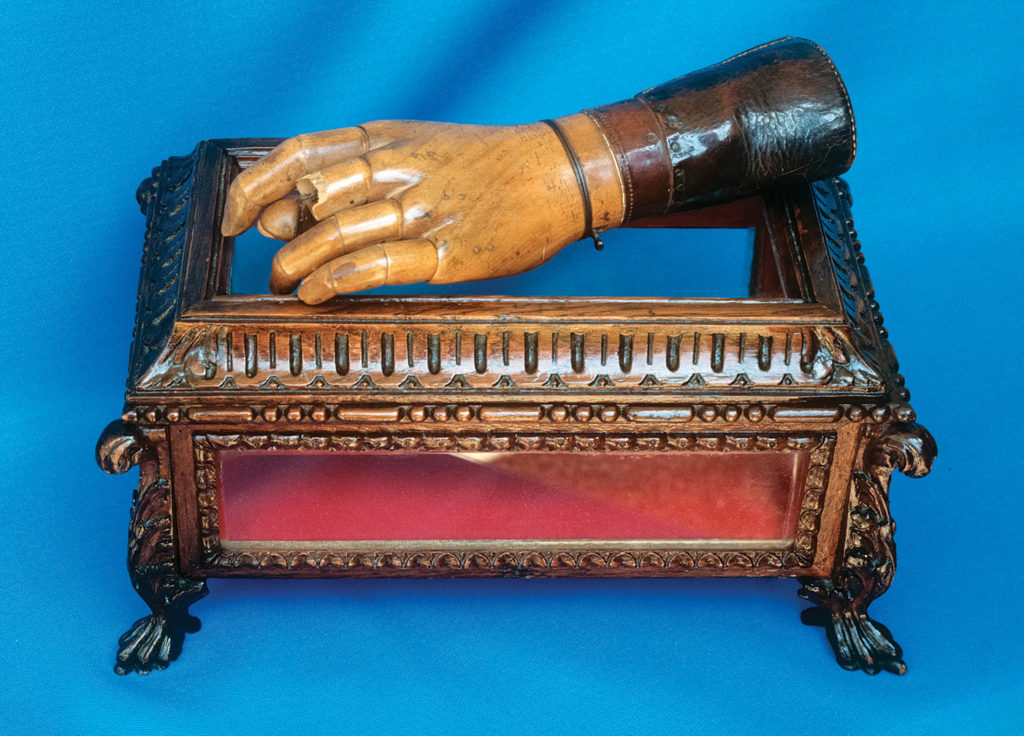
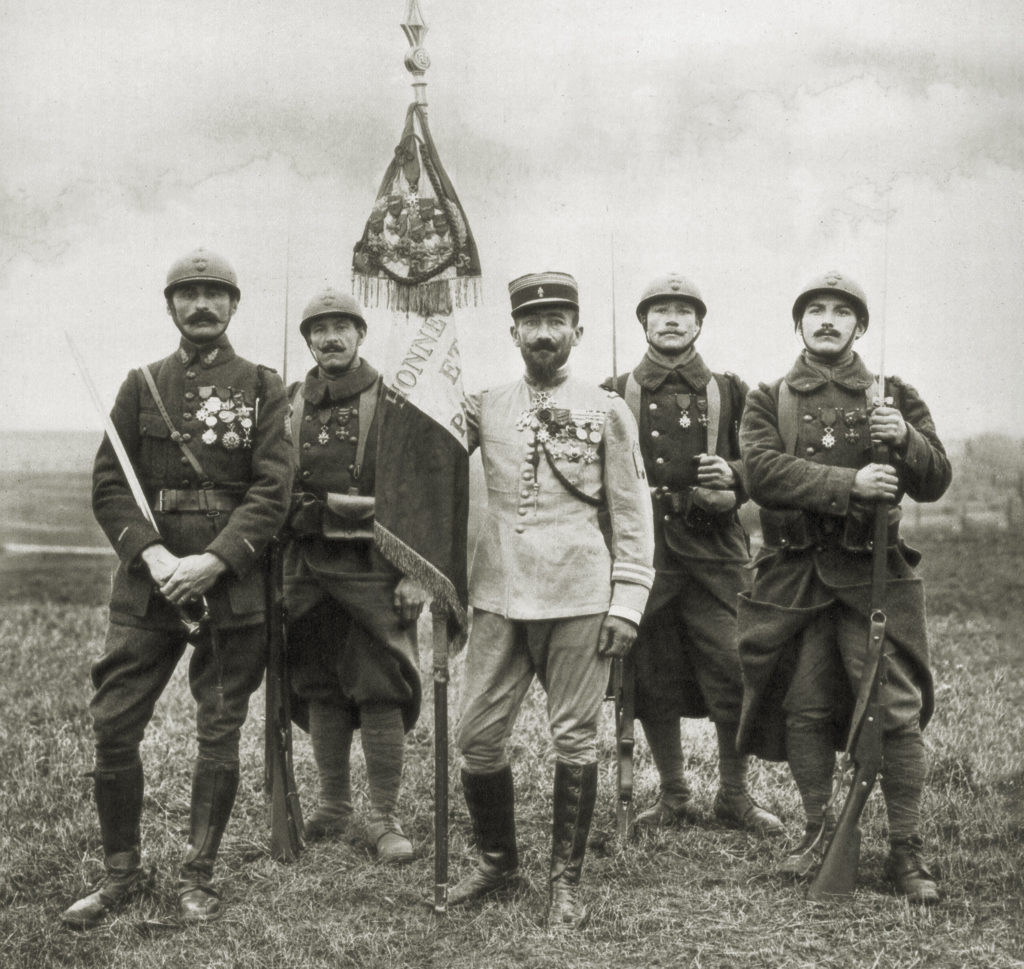
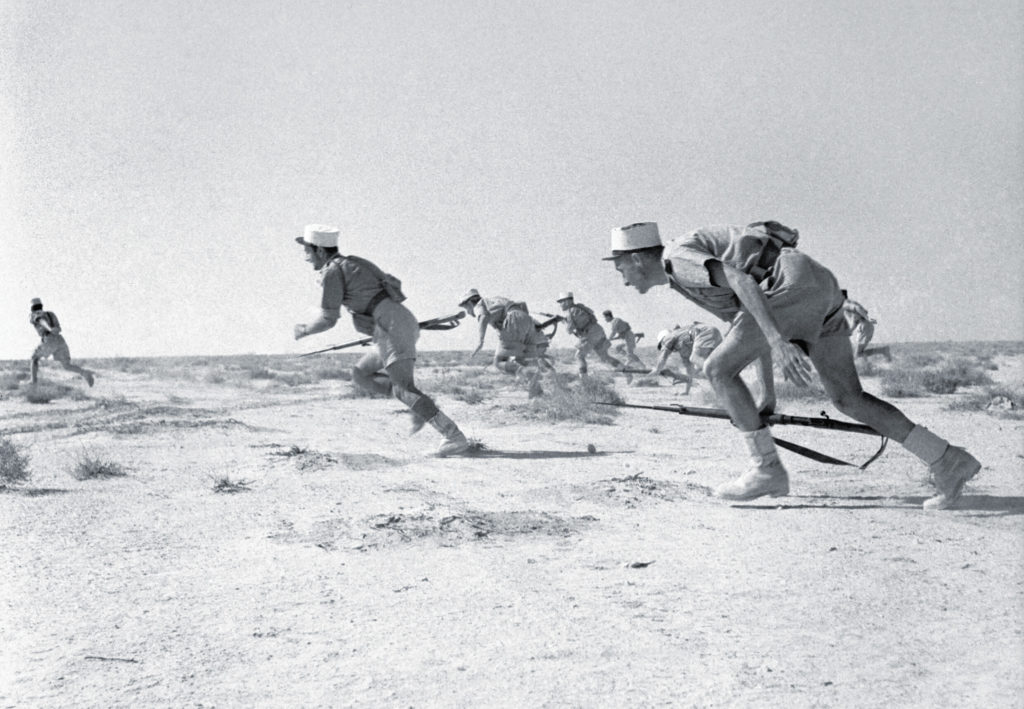
Upholding the Edifice
